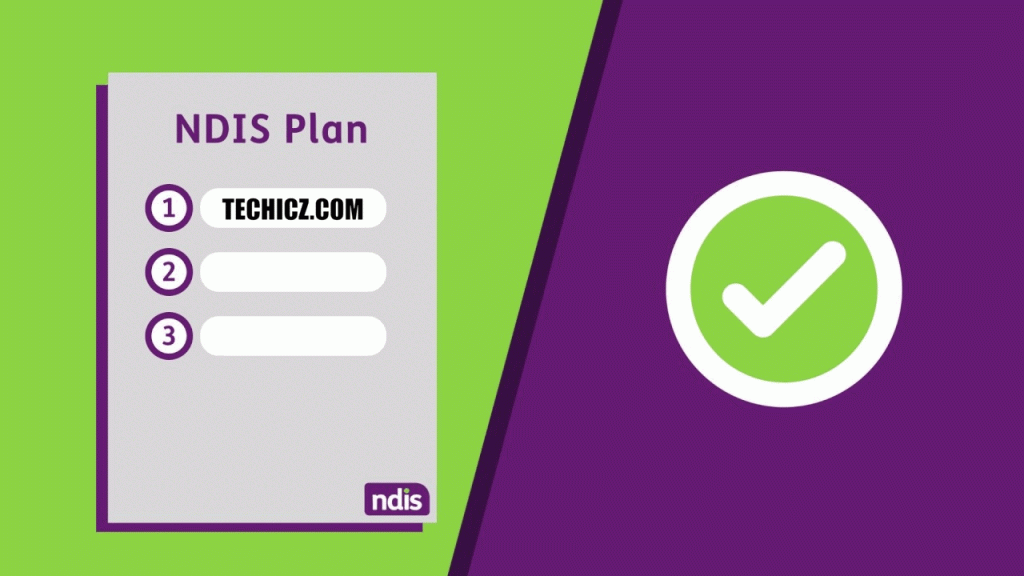
The National Disability Insurance Scheme NDIS plans offer individuals with disabilities greater control and flexibility in managing their support through self-management. In NDIS, you can manage your plan in three unique ways.
- NDIA management
- Plan management
- Self-management
You are free to choose any NDIS plan management in Western Australia. You can even change the management type if unsatisfied with one model. However, many people worry about transitioning from one management model to another.
Transitioning to a self-managed NDIS plan can be empowering but requires careful planning and organization. Read the following 10 tips to ensure a smooth and successful transition to self-managed NDIS plans. These tips will help you navigate the process, maximize your funding, and effectively manage your support.
Educate Yourself about Self-Managed NDIS Plans
First and foremost, transitioning to a self-managed NDIS plan requires a solid understanding of what it entails. So, take the time to educate yourself about self-managed NDIS plans, including the guidelines and policies set by the NDIS.
Some key areas to study:
- Familiarise yourself with the rights and responsibilities that come with self-management.
- Learn about the funding flexibility and benefits offered through self-management and the potential challenges.
This knowledge will empower you to navigate the transition process smoothly and maximize the benefits of self-management.
Plan and Set Goals
When transitioning to a self-managed NDIS plan, planning and setting clear goals is essential. First, identify your support needs and determine what you want to achieve through your NDIS plan.
Make your goals specific, measurable, achievable, relevant, and time-bound (SMART) that align with your aspirations. For a sense of ease, you can break down a goal into smaller steps. It makes them more manageable and tracks your progress effectively.
By planning and setting goals, you provide a roadmap for your NDIS plan management in Perth or anywhere else. The main goal is to tailor your support to meet your individual needs and aspirations.
Seek Guidance of an NDIS Planner or Support Coordinator
Engaging the services of an NDIS planner or support coordinator can be invaluable during the transition. They can provide expert advice, clarify doubts, and guide you. They can even help you understand the financial management aspects, navigate paperwork and reporting requirements, and offer ongoing support as you embark on your self-management journey.
Develop a Comprehensive Budget
Developing a comprehensive budget is crucial to successfully transition NDIS plan management in Western Australia.
A detailed budget that accounts for all anticipated expenses, including support, services, equipment, and administrative costs, is essential. Consider factors such as service provider fees, staff wages, and contingency funds. Besides, it is also vital to regularly review and adjust your budget as your needs evolve to ensure your NDIS funding is appropriately allocated.
Overall, a comprehensive budget enables you to manage your funds effectively, make informed decisions about resource allocation, and maximize the value you receive from your NDIS plan.
Maintain Accurate Record-Keeping
Accurate record-keeping is crucial when self-managing your NDIS plan. Hence you must maintain a system to track expenses, invoices, receipts, and service agreements.
This documentation will help you manage your budget and fulfill NDIS reporting requirements. It is also a good idea to consider using digital tools or apps designed for financial management to streamline this process and maintain organized records.
Research and Select Service Providers
As a self-managed participant, you have the freedom to choose your service providers. For starters, research and select providers that align with your goals and values.
You can seek recommendations, read reviews, and have thorough discussions with potential providers. Prioritise providers with experience in self-managed plans and those willing to work collaboratively with you.
Establish Clear Communication Channels
Effective communication is essential when transitioning into a different NDIS plan management in Perth. It will ensure a smooth flow of information and facilitate a collaborative relationship with your support network.
Your basic responsibilities include establishing clear lines of communication with your service providers, support coordinator (if applicable), and NDIS representatives. You must also regularly communicate your expectations, goals, and any changes in your circumstances.
Understand Your Responsibilities as an Employer
If you choose to employ support workers directly, it’s crucial to understand your responsibilities as an employer.
You must familiarise yourself with employment regulations, payroll processes, superannuation requirements, and insurance obligations. Consider seeking professional advice or utilizing payroll management software to simplify these tasks and ensure compliance with legal obligations and fair treatment of your employees.
Embrace Self-Advocacy and Decision-Making
Self-advocacy plays a vital role in self-managed NDIS plans. Take charge of your support and confidently voice your needs, preferences, and concerns. Attend NDIS meetings, reviews, and planning sessions to participate in decision-making actively. It will ensure your plan reflects your goals and aspirations, empowering you to lead a more fulfilling life.
Seek Peer Support and Networking Opportunities
Connecting with other self-managed participants can provide valuable insights and support. You meet peers on similar journeys when you join support groups, online forums, or attend local NDIS events.
There, you can share experiences, exchange tips, and learn from each other’s successes and challenges. This peer support can help alleviate anxieties and provide practical advice from those who have navigated the transition.
Conclusion
Transitioning to a self-managed NDIS plan offers individuals with disabilities greater control and flexibility. By following these ten tips, you can ensure a smooth and successful transition to self-management.
Simply educate yourself, set clear goals, seek professional guidance, maintain accurate records, and establish effective communication channels.
You can also seek help from Sky Plan Management, one of the best NDIS providers in Australia. Check their website and learn more about their services.
Also, Read About Disability Justice in Today’s Activism
